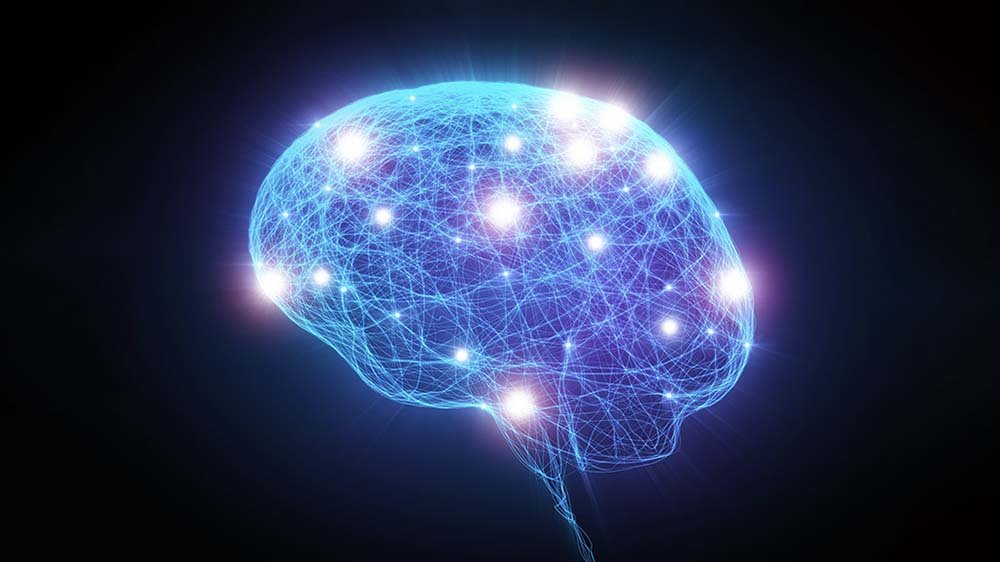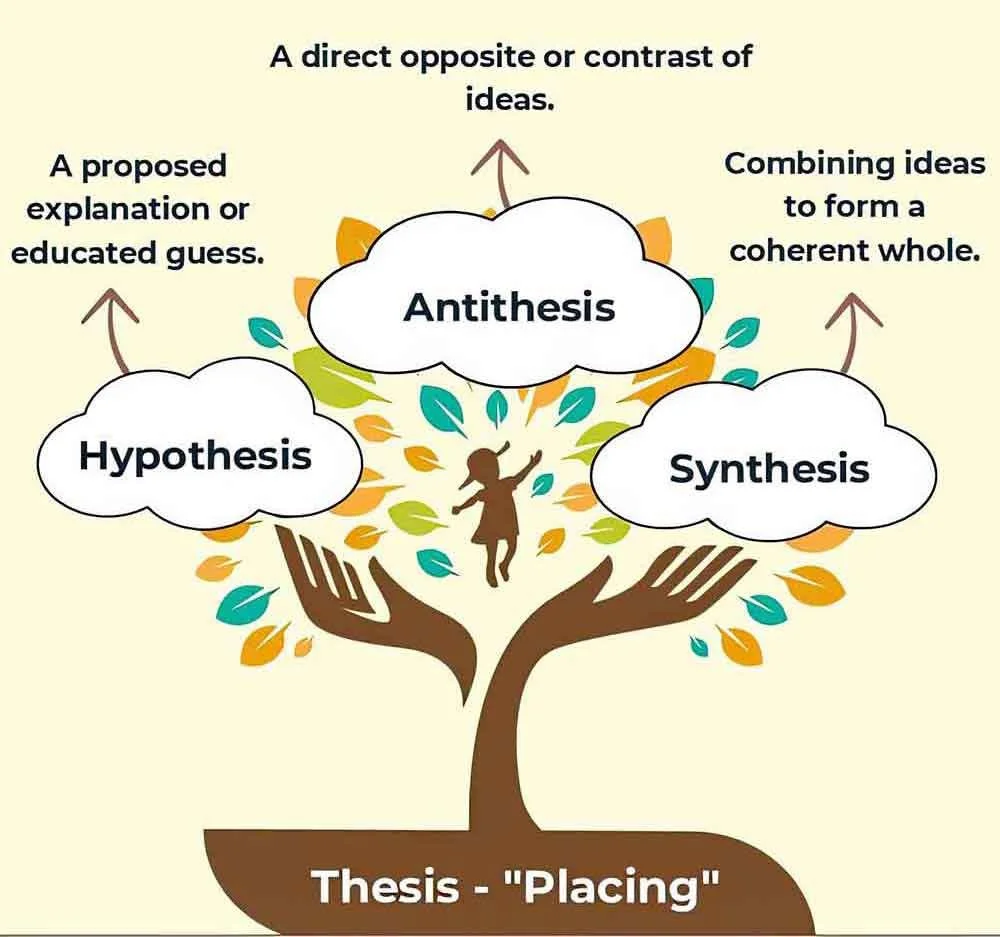the mystery of Memory
What is memory?
Why was it hard for scientists to study memory in the past?
What strange experiment did scientists try with flatworms?
Who was H.M., and why was he important to memory science?
What does it mean that memory has different types?
What part of the brain holds memories?
What is an engram?
What tool lets scientists control brain cells using light?
Can memories be wrong or made up?
Why is learning about memory important?
the mystery of Memory
REMEMBERING
Have you ever wondered how you remember things?
Maybe it’s your first day of school, your favorite birthday party, or the time someone made you laugh really hard.
Memories help us hold on to the things we’ve seen, felt, and learned.
But for a long time, scientists didn’t really understand how memory worked.
In fact, not that long ago, many experts had no idea where or how memories were stored in the brain.
A Hard Puzzle to Solve
In the 1950s and 60s, scientists were just starting to ask big questions about memory.
They knew animals could remember things too. Worms, dogs, and even orangutans could learn from past events.
But figuring out exactly how memory worked inside the brain was very hard. That’s because memory has to be studied while it’s happening.
And brains are well protected, so they’re not easy to study while someone is alive and thinking.
LOTS OF IDEAS
Back then, scientists had a lot of ideas, but not many tools.
Some thought memories were stored in tiny molecules in the brain, sort of like how DNA stores instructions for building a body.
One strange experiment even involved feeding flatworms to each other to see if they could "eat" their memories.
Later, scientists even tried injecting memory molecules from one rat into another. They thought they were transferring memories, but today we know it was probably not real memory transfer.
Where Are Memories Stored?
One early scientist named Karl Lashley tried to find where memories were located in the brain.
He trained rats to do tasks and then damaged small parts of their brains to see if they forgot what they had learned. No matter what he did, the rats still remembered.
He couldn’t find a single “memory spot” in the brain. That made him think that memories might be stored all over the brain.
H.M.
But everything changed with a man known as H.M.
He had surgery in 1953 to stop his seizures. The surgery worked, but something unexpected happened.
H.M. could no longer make new memories. He remembered things from before the surgery, but he couldn’t remember anything new after that. Scientists learned from H.M. that certain parts of the brain were very important for memory.
Later, doctors found that H.M. could still learn new skills, like puzzles or hand-eye tasks. But he didn’t remember learning them. This showed that there are different types of memory. Some we remember on purpose, like facts. Others, like learning how to ride a bike, happen without us even thinking about it.
Memory in the Brain
So where do memories live in the brain?
Today, scientists believe that memories are stored in the connections between brain cells, called neurons. These connections are called synapses.
When we learn something, certain connections get stronger. This is what helps us remember.
By the 1980s, scientists believed that memories changed the structure of synapses. This meant that when you remember something, your brain had physically changed to hold onto that memory.
By the 1990s, many studies showed that these changes were real. That’s now the most common way scientists explain memory.
New Tools, New Discoveries
Scientists still had lots of questions.
So they built new tools to look inside the brain. Machines like fMRI and PET scans help them see what’s happening inside a living brain. These machines don’t show every detail, but they give us good clues about which parts of the brain are active during memory tasks.
Even newer tools, like something called optogenetics, let scientists turn brain cells on and off using light.
Scientists can now control single brain cells while animals like mice are doing tasks.
These tools help them study something called engrams, or memory traces. An engram is the group of brain cells that holds a memory.
Mistakes & False Memories
But memory isn’t perfect.
Scientists have discovered that memories can change.
Sometimes, we even remember things that didn’t really happen. These are called false memories.
One reason this happens is because not all brain cells are included correctly in the engram. It’s like trying to build a team, but picking the wrong players.
Scientists have even been able to create false memories in mice by using optogenetics. The mouse remembers something that never actually happened—but behaves like it did. This shows how memory can be powerful, but also tricky.
Forgetting on Purpose
Why do we forget?
Some scientists think forgetting happens because the memory itself disappears, like ice melting. Others think the memory is still there, just hidden. Either way, forgetting is also an important part of how the brain works.
What’s Next?
Even though we know much more now than we did in the 1950s, there’s still a lot to learn.
Scientists are still trying to figure out exactly how memories are made, stored, changed, and forgotten. Their discoveries could help people with memory problems, like Alzheimer’s or PTSD.
Understanding memory could help us learn better, remember longer, and maybe even fix broken memories.
It’s exciting to think that the mysteries of memory are slowly being solved, one discovery at a time.
Neuron – A brain cell that sends messages.
Synapse – The space between neurons where messages pass.
Engram – The group of brain cells that hold a memory.
Epilepsy – A brain condition that causes seizures.
False memory – A memory of something that did not really happen.
Optogenetics – A science tool that uses light to control brain cells.
fMRI – A brain scan that shows where blood is flowing in the brain.
► COMPREHENSION QUESTIONS
— please answer with complete sentences
What is memory?
Why was it hard for scientists to study memory in the past?
What strange experiment did scientists try with flatworms?
Who was H.M., and why was he important to memory science?
What does it mean that memory has different types?
What part of the brain holds memories?
What is an engram?
What tool lets scientists control brain cells using light?
Can memories be wrong or made up?
Why is learning about memory important?
► From EITHER/OR ► BOTH/AND
► FROM Right/Wrong ► Creative Combination
THESIS — Argue the case that the brain is so complex, we will never figure out how memory works.
ANT-THESIS — Argue the case that, in time, we will understand how memory works in the brain.
SYN-THESIS — How might both perspectives be correct at the same time?






















